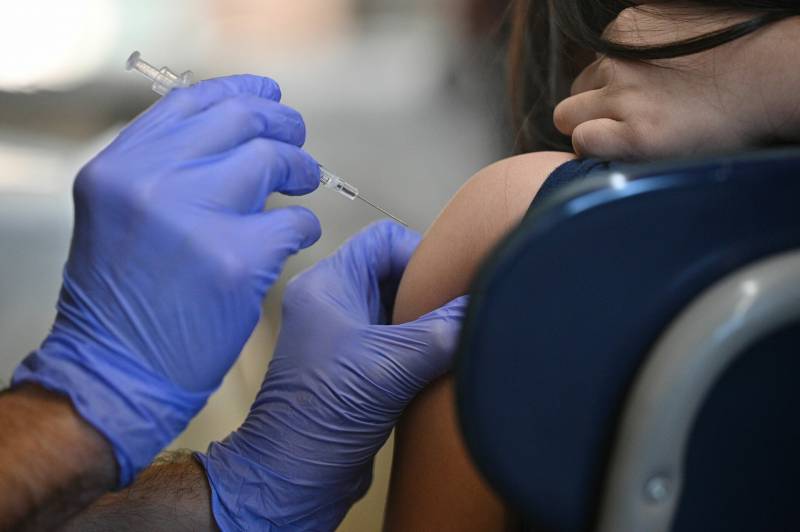A new report last week from the Centers for Disease Control and Prevention outlined these facts.
Agency scientists describe this as “strong early evidence that the Omicron variant was likely present or more widely distributed in these communities than originally indicated by clinical testing alone.”
The report makes a case that by the time officials have detected a new variant, it likely has spread to numerous other countries.
In this light, travel bans look ineffective and like “closing the barn door after the horses have fled,” as researchers from the University of Illinois argued in a recent op-ed.
Requiring testing on international flights would be a much more effective policy, they wrote.
The study also underscores the potency of this new surveillance tool, which counties increasingly rely on as demand for COVID-19 tests outpace supply.
“The ability to ramp up the infrastructure to test the number of people that need to be tested right now is an enormous strain on the health care system and on our testing systems that we’ve set up,” said Marlene Wolfe of Emory University, one of the researchers who monitors sites across Northern California. “But with this wastewater data, we have not had to increase our capacity at all. We are doing exactly what we’ve been doing for a year.”
Wolfe’s method can detect as few as one or two cases per 100,000 people.
“We’re in close communication with public health officials,” she said. “They’re able to use that data to plan for what’s next. It’s similar to how they would use clinical case data but is actually more reliable. We are not biased by the fact that it’s so difficult to find a test right now.”
Wolfe says this moment is a good opportunity to expand the surveillance regime and collect data on other diseases.
“We’re starting to monitor for respiratory syncytial virus and influenza,” she said. “There are a lot of areas where we can provide very useful public health data using wastewater because we have developed these tools so fully over the course of this pandemic.”
Not all of the information in the CDC’s report is new, although now it’s been verified by federal scientists.
KQED’s Raquel Maria Dillon was the first to report on the detection in Merced, as well as a similar sample found in Sacramento on Nov. 30 — that’s a day before health officials confirmed the first U.S. case in a San Francisco resident on Dec. 1.
Researchers notified Sacramento of the findings, and officials there described the data as useful and “one of the tools that helps us identify new variants.”

